Articles
Volkswagen Beetle: The Journey from People’s Car to Global Icon
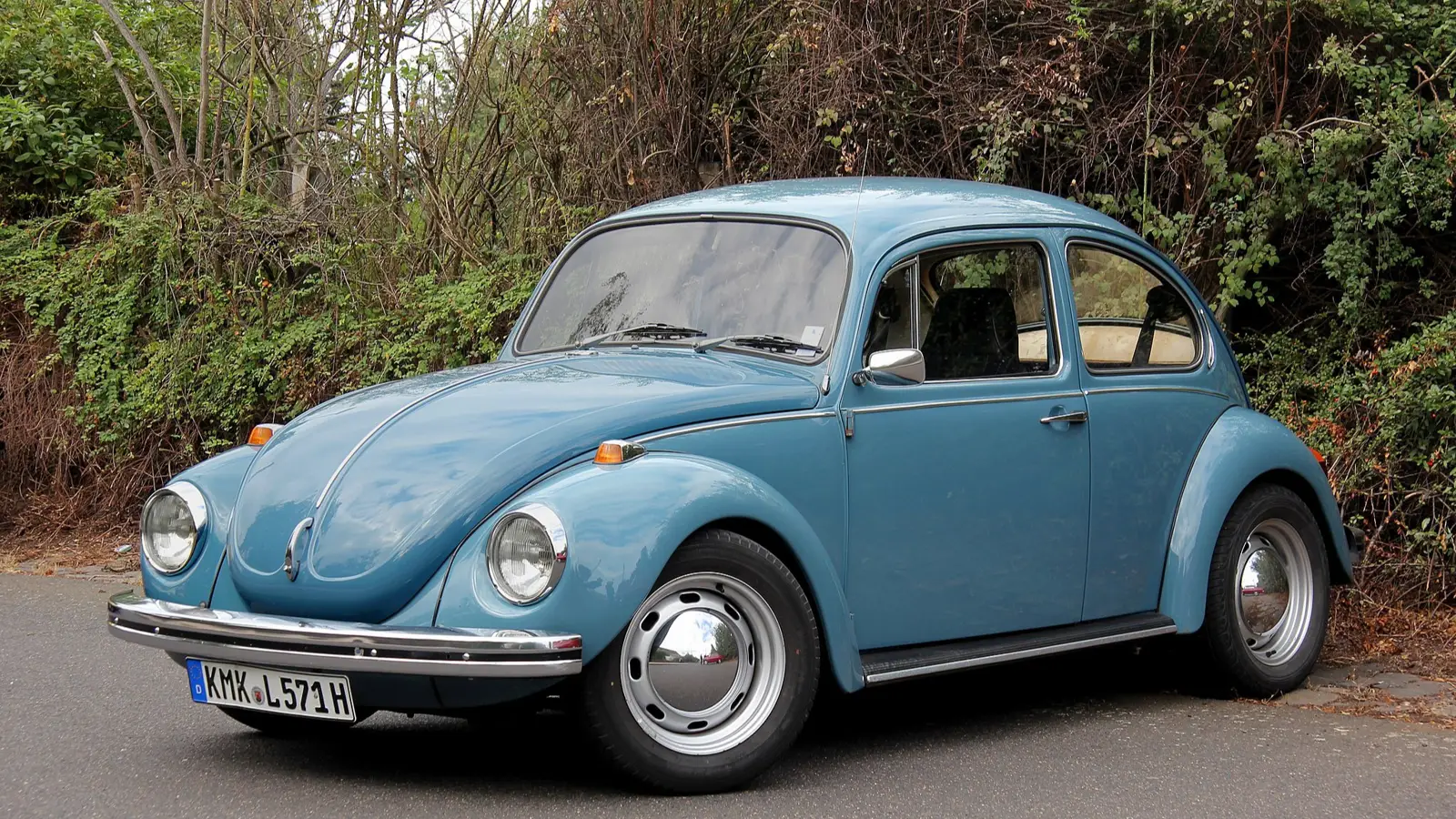
Explore the history and evolution of the Volkswagen Beetle, from its origins in the 1930s to becoming a cultural icon. Discover key milestones, design changes, and its lasting impact on the automotive world.
If cars could tell stories, the Volkswagen Beetle would have one of the most captivating tales in the world. From its humble beginnings in the 1930s to becoming a pop culture icon, this car has experienced a journey full of ups, downs, and revivals. Its history is not just a chronicle of design and technical changes but a reflection of social, economic, and cultural shifts across generations.
The Beginning: The Idea of a People’s Car
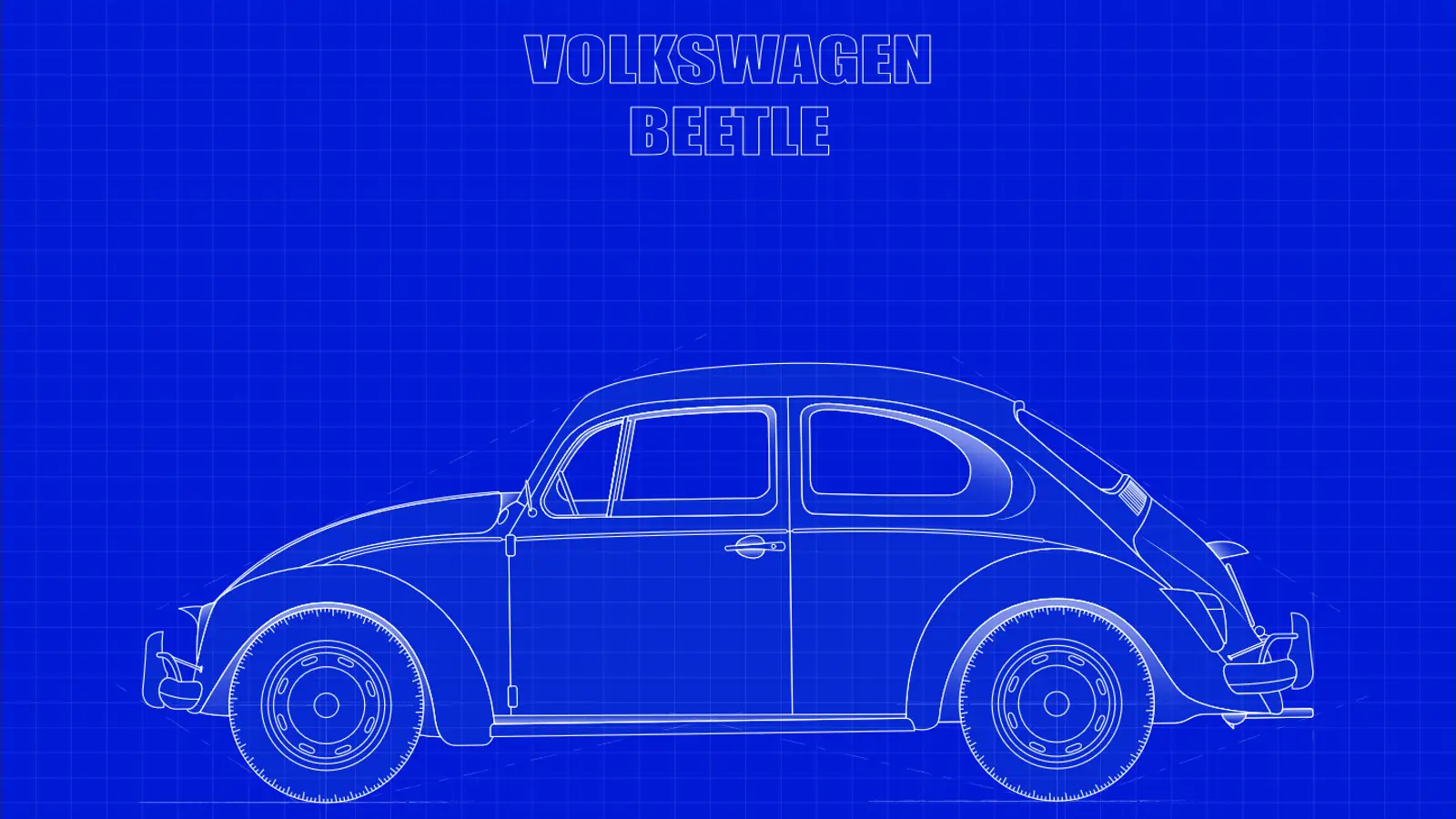
The Beetle’s story began in Nazi Germany when Adolf Hitler tasked engineer Ferdinand Porsche with creating an affordable and reliable car for the masses. This led to the prototype of the KdF-Wagen, which later evolved into the Volkswagen Type 1. However, World War II interrupted civilian production, and it wasn’t until after the war that factories in Wolfsburg resumed manufacturing the vehicle, which soon became known as the Volkswagen Beetle.
Post-War Revival and Global Popularity
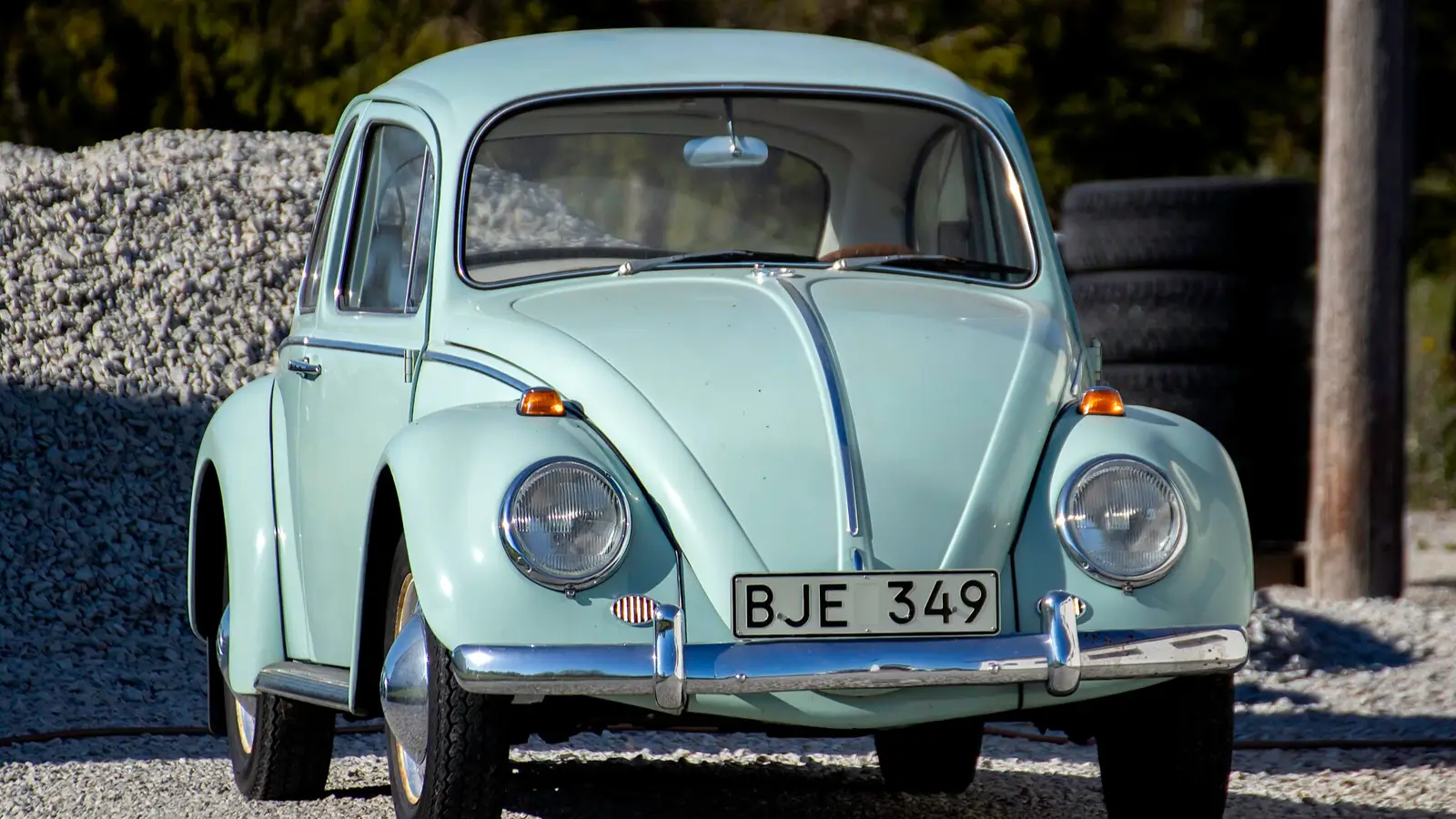
By the 1950s, the Volkswagen Beetle was gaining traction in global markets. Its success was largely driven by a clever advertising campaign in the United States, where it was marketed as a dependable, economical, and charming companion for everyday life. In 1955, production reached one million units — an impressive milestone for the time.
The 1960s marked the golden age of the Beetle. Its recognizable silhouette became a symbol of an entire generation, especially in North America. The car was associated with freedom, youth culture, and the spirit of counterculture. During this period, various modifications appeared, including the popular Super Beetle model, which offered enhanced performance and increased trunk space.
Facing Challenges and Declining Interest
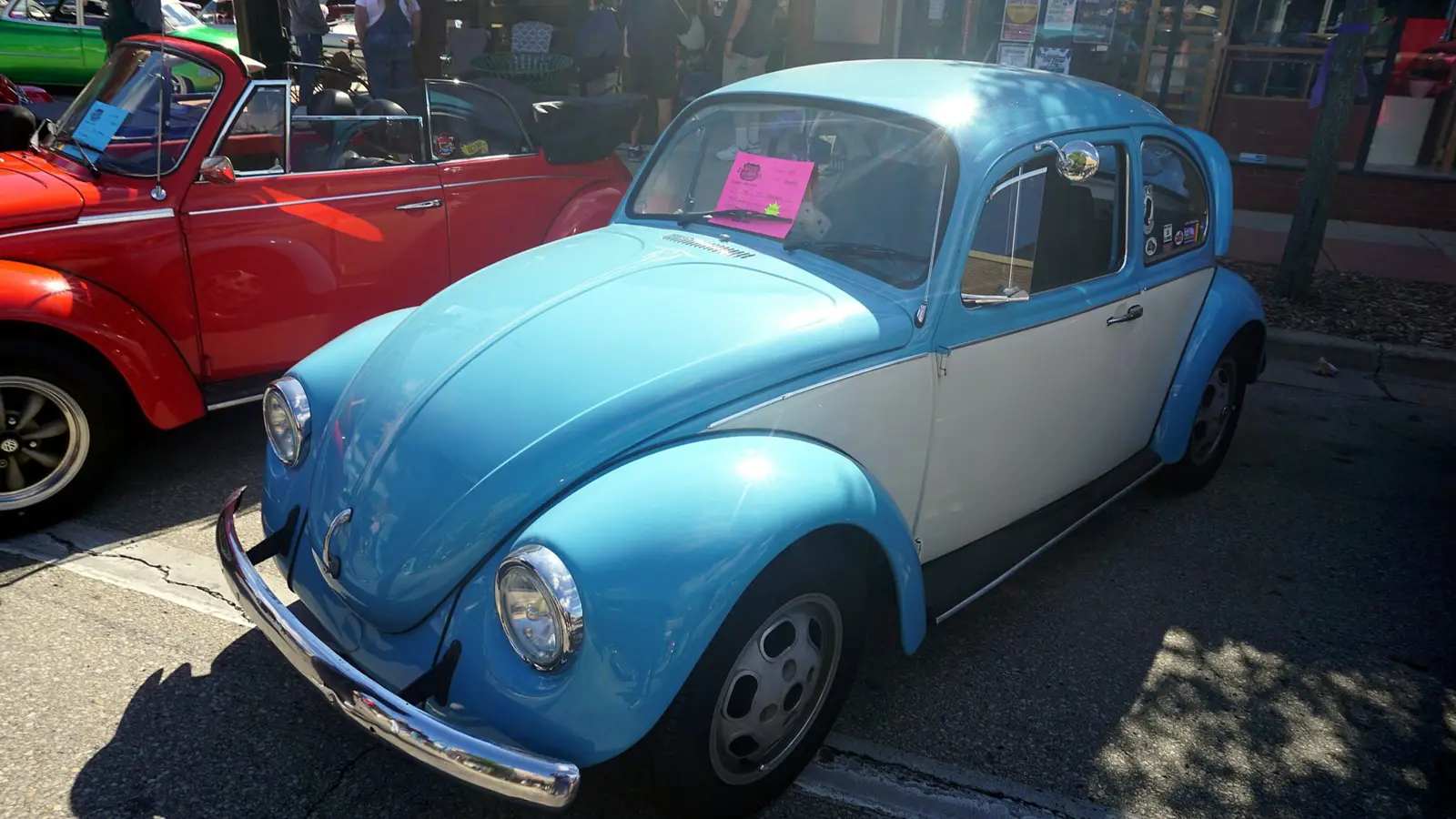
However, by the 1970s, competition in the compact car market had intensified. The arrival of more modern and maneuverable models gradually pushed the Beetle out of the spotlight. Production in Germany ended in 1978, though the car continued to be manufactured in Mexico until 2003, where it was widely used as a taxi and personal vehicle. The end of this era was marked by the release of the special "Última Edición" series, which served as a farewell to the classic design.
The Revival of a Legend in a New Form

In the late 1990s, Volkswagen decided to revive the legend in a modern format. The New Beetle debuted in 1998 — a car inspired by the classic design but built on the Volkswagen Golf platform. It quickly gained popularity among young people and retro-style enthusiasts. In 2011, a new generation was introduced, featuring a sportier and more contemporary design. However, by 2019, demand for the Beetle had declined once again, and Volkswagen decided to discontinue production, making way for the company’s future lineup of electric vehicles.
Cultural Legacy and the Model’s Future
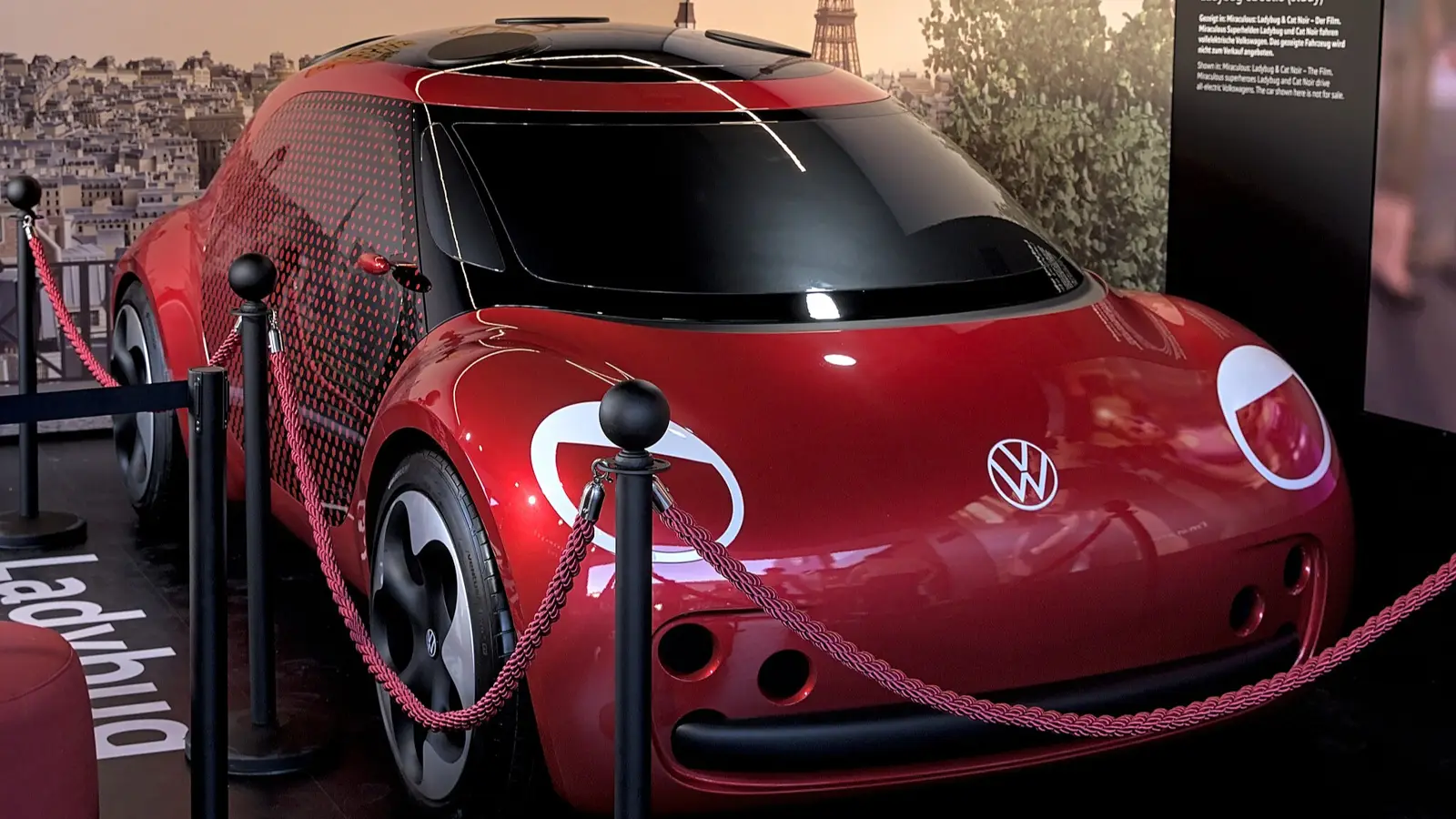
The Volkswagen Beetle will always be remembered as a car that captured the hearts of millions worldwide. Its image can be found in movies, books, and music, and fan clubs dedicated to the Beetle still thrive today. Although production has ended, the Beetle’s legacy lives on in Volkswagen’s modern vehicles and the company’s plans to develop electric cars with retro designs.
Looking ahead, it is possible that Volkswagen might revisit the Beetle’s iconic design, adapting it to meet the environmental and technological demands of the future. But even if that doesn’t happen, the Beetle will remain a symbol of an era, proving that a simple and affordable car can become a true legend.
2025, Feb 24 14:55


